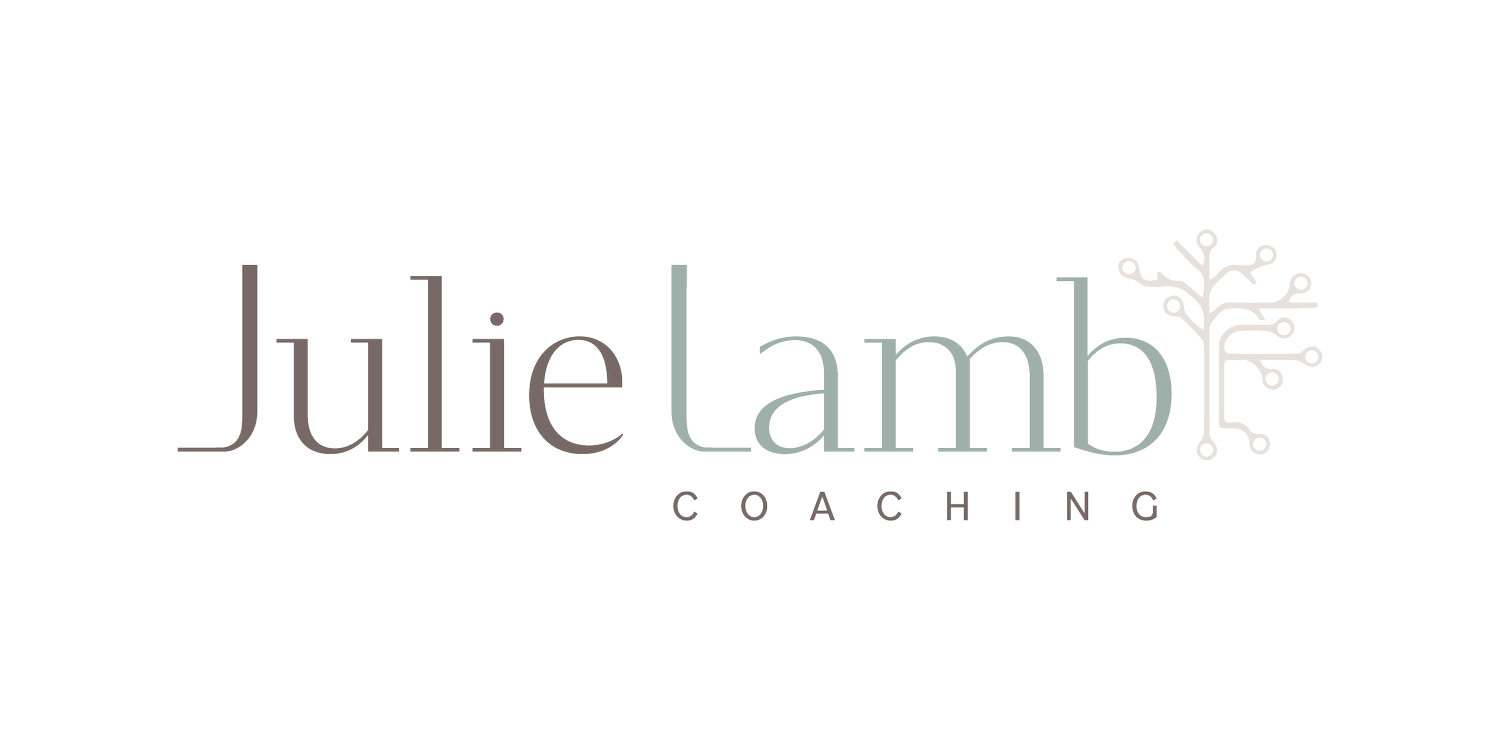What the Hell is my Brain Doing?
Julie Lamb, licensed therapist and life coach has helped thousands of people take control of their mindset and careers by helping them understand their most powerful strategic asset, their brain.
Join her as she takes you on a path of personal growth and understanding of the who, what and whys of your thoughts and behaviors. Have you ever thought to yourself, “Why in the world did I do that?” If yes, this is the podcast for you!
Follow the Show
Am I an introvert, extrovert or something in between?
As so many things in brain and social science, there is a lot more nuance than a simple binary concept can convey.
For example, did you know that most people have a behavior flip in certain social situations?
The extrovert might withdraw unexpectedly from a social situation one would assume they would thrive in.
The introvert suddenly can become the life of the party when they are surrounded by close friends or the conversation turns to a topic that they feel extremely confident in.
And on today’s episode I will also be discussing the relatively new term in the field known as the “Ambivert.”
Today we will talk about:
• The unspoken messages and preferences our culture communicates about Introverts vs Extroverts
• Understanding what the terms actually mean as opposed to what we have been socialized to think they mean
• What is an Ambivert
How You can ensure social safety in relationships
Today we talk about all of this and more as we explore the importance of our social circle of health.
Come listen as we discuss the following:
• Reviewing the three circles of health
• Overview of what your social/relationship circle of health actually is
• The value and importance of having boundaries in your social circle of health
Our Brain’s Social Development, part 2
Continue the discussion of our development of social ques with a journey through the timeline of childhood to adult social development. How is it that children with identical parents turn out so unique? Examine the difference that our experiences can have on our development and views of safety, security and competence. Finally, learn the power of belief and choice in changing our thoughts, fears and sense of identity.
Our Brain’s Social Development, part 1
Now that we understand the basic survival responses that have evolved in our brains, learn how they impact the social ques and situations we deal with in our modern world. Why does a baby’s foot react to the slightest touch? How does our social environment interact with and train our behavioral and emotional responses? Don’t miss this first part of the amazing two part series where Julie connects the physical and social aspects of our amazing brain.





